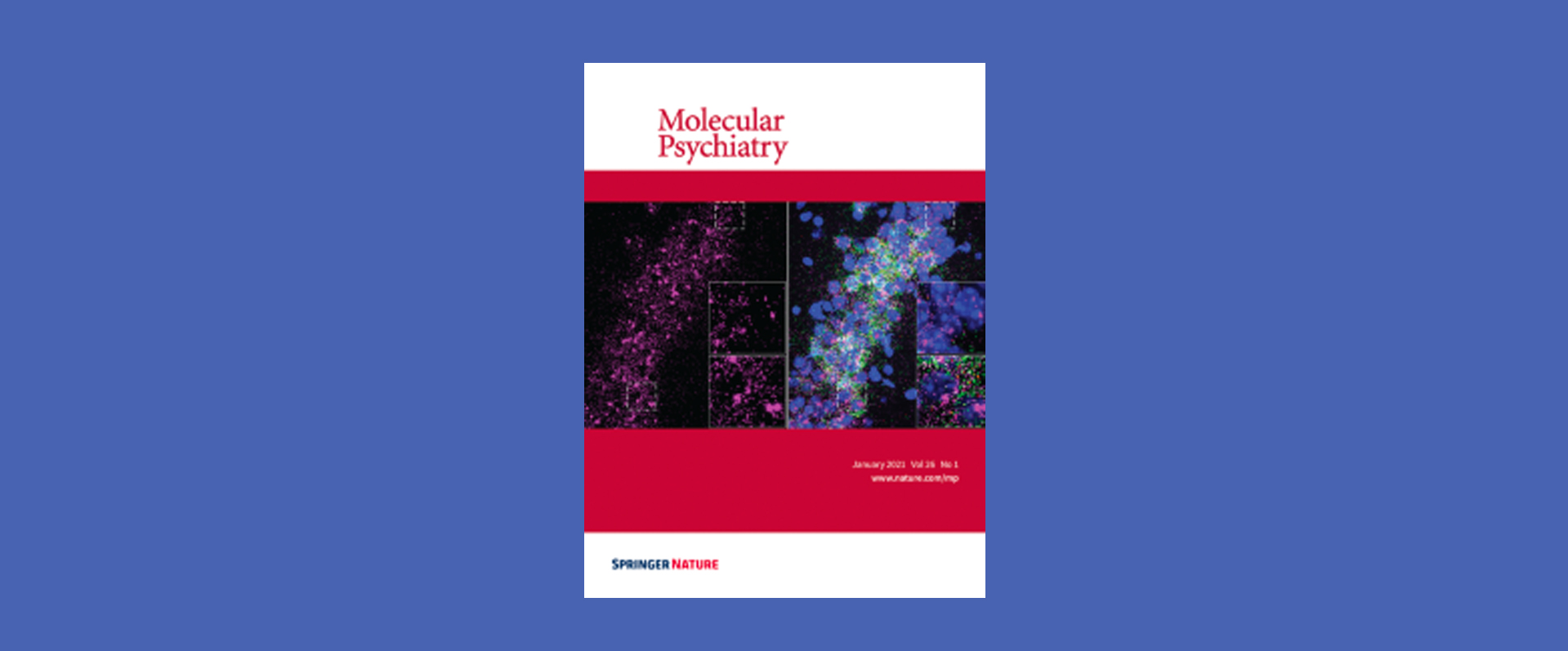-
Hungry Fruit Flies are Extreme Ultramarathon Fliers

In 2005, an ultramarathon runner ran continuously 560 kilometers (350 miles) in 80 hours, without sleeping or stopping. This distance was roughly 324,000 times the runner’s body length. Caltech scientists have discovered that fruit flies can fly up to 15 kilometers (9 miles) in a single journey—6 million times their body length, or the equivalent […]
-
Reading Minds with Ultrasound: A Less-Invasive Technique to Decode the Brain’s Intentions

Mapping neural activity to corresponding behaviors is a major goal for neuroscientists developing brain–machine interfaces (BMIs): devices that read and interpret brain activity and transmit instructions to a computer or machine. Though this may seem like science fiction, existing BMIs can, for example, connect a paralyzed person with a robotic arm; the device interprets the […]
-
“What Is a Short Squeeze?” and Other Pressing Stock Market Questions Answered

Recently, the video game retailer GameStop and other struggling companies were part of an unprecedented movement in financial history in which armchair traders wildly disrupted the stock market. The traders’ meddling was possible thanks to online forums like those on Reddit and trading platforms such as Robinhood that let people buy and sell stocks for […]
-
The Golden Age of Social Science

Some of the most challenging problems facing our world, such as the COVID-19 pandemic, require not just one field of expertise but a unified interdisciplinary approach. Or so explains a team of social scientists at Caltech in a new report published in the Proceedings of the National Academy of Sciences (PNAS). Likening the report to […]
-
Caltech Dedicates a Neuroscience Research Hub

Neuroscience has a new home. On Friday, January 29, Caltech hosted a virtual dedication for The Tianqiao and Chrissy Chen Neuroscience Research Building (CNRB), the newest addition to campus. Although the pandemic prevented the community from gathering in person to celebrate the opening of the new building, more than 850 Caltech leaders, researchers, students, alumni, […]
-
“Nuclear Physics”: Imaging into the Heart of a Cell

Nestled deep in the nucleus of each of your cells is what seems like a magic trick: Six feet of DNA is packaged into a tiny space 50 times smaller than the width of a human hair. Like a long, thin string of genetic spaghetti, this DNA blueprint for your whole body is folded and […]
-
What is Personality?

In a new paper, titled “Personality beyond taxonomy,” published in the journal Nature Human Behaviour, Caltech researchers from the disciplines of neuroscience, psychology, and philosophy discuss the long-standing question: What is personality? Whereas most studies measure personality in various ways, they are often ambiguous about what personality really is: Is it in the behaviors themselves […]
-
Proving a Link Between Chronic Alcohol Exposure and Impaired Inhibitory Function

The GABAB receptor (GABABR) agonist baclofen has been used to treat alcohol and several other substance use disorders yet how exactly it works remains unclear. Professor Tifei Yuan, a Tianqiao and Chrissy Chen Institute for Translational Research project lead and Principal Investigator at Shanghai Mental Health Center recently published an online paper titled, “Reduced Motor […]
-
Neural Networks Playing Video Games Teach Us About Our Own Brains

A new study from Caltech compares brain scans of humans playing classic Atari video games to sophisticated artificial intelligence (AI) networks that have been trained to play the same games. The research was led by graduate student Logan Cross, in the laboratory of TCCI®-affiliated Professor of Psychology John O’Doherty and found that the activity in […]

